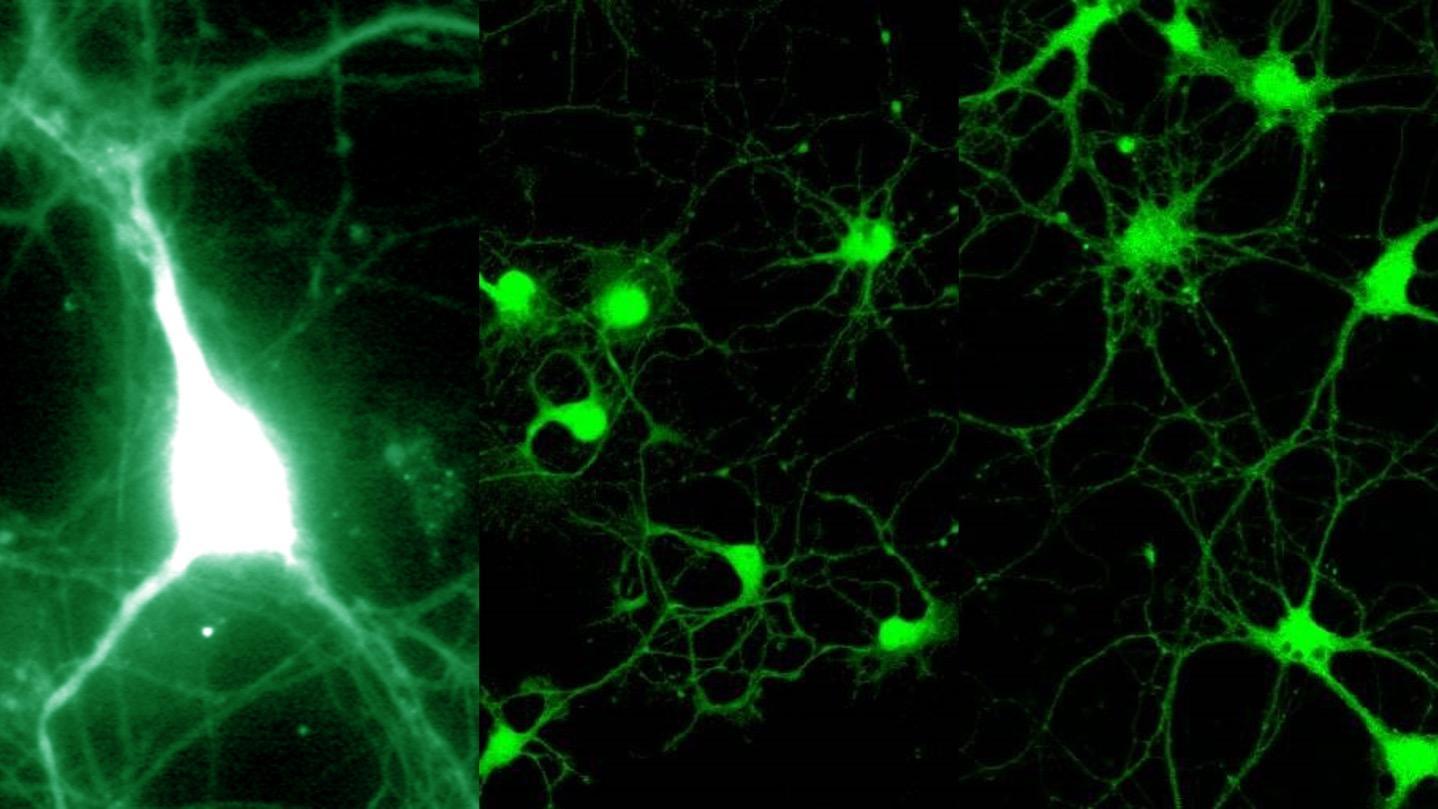GABA-Induced Intracellular Mg2+ Mobilization Integrates and Coordinates Cellular Information Processing for the Maturation of Neural Networks

Title: GABA-Induced Intracellular Mg2+ Mobilization Integrates and Coordinates Cellular Information Processing for the Maturation of Neural Networks
Authors: Ryu Yamanaka, Yutaka Shindo, Kohji Hotta, Koji Suzuki, Kotaro Oka
Journal: Current Biology, Volume 28, Issue 24, P3984-3991.E5 (2018)
DOI: 10.1016/j.cub.2018.10.044
Abstract:
Cells simultaneously utilize different intracellular signaling systems to process environmental information [1, 2, 3, 4]. The magnesium ion (Mg2+) is recognized as a multitarget analog regulator that performs many roles, such as circadian timekeeping, due to the following properties: (1) it influences wide-ranging biological processes, (2) its concentration is tightly controlled within a narrow sub-millimolar range, and (3) its intracellular dynamics are slow and long lasting [5, 6, 7, 8, 9, 10, 11]; its regulatory manner is not all-or-none in contrast to the switch-like signal transduction by the well-established second messenger Ca2+ [12]. Recent studies, however, have reported another role for Mg2+ as a second messenger in immune cells-i.e., a switching system for cellular states [13, 14]. These multifaceted characteristics of Mg2+ raise the question of how Mg2+ processes information and how common its role is as a signaling molecule. We focused on the trophic effects of γ-aminobutyric acid (GABA) and its developmental transition, the molecular basis of which also remains poorly understood despite its evolutionarily well-conserved roles [15, 16, 17, 18, 19]. Here, we show that in neurons, GABAA receptor signaling, whose action is excitatory, triggers Mg2+ release from mitochondria specifically at early developmental stages, and that released Mg2+ stimulates the CREB and mTOR signaling pathways, thereby facilitating structural and functional maturation of neural networks. We found that cytosolic Mg2+ fluctuations within physiological ranges is enough to crucially regulate ERK, CREB, and mTOR activities. Together, intracellular Mg2+ physiologically integrates and coordinates cellular information, and Mg2+ is a novel signal transducer for organizing neural networks.
Links:
プレスリリース:
初期神経ネットワーク形成を促進する細胞内の新規シグナルを発見-新規の細胞内情報伝達物質:マグネシウムイオン-
Signal Transduction: Magnesium Manifests as a Second Messenger.
Stangherlin A, O'Neill JS.
Curr Biol. 2018 Dec 17;28(24): R1403-R1405.
DOI: 10.1016/j.cub.2018.11.003
Magnesium Is a Key Player in Neuronal Maturation and Neuropathology.
Yamanaka R, Shindo Y, Oka K.
Int J Mol Sci. 2019 Jul 12;20(14). pii: E3439.
DOI: 10.3390/ijms20143439





